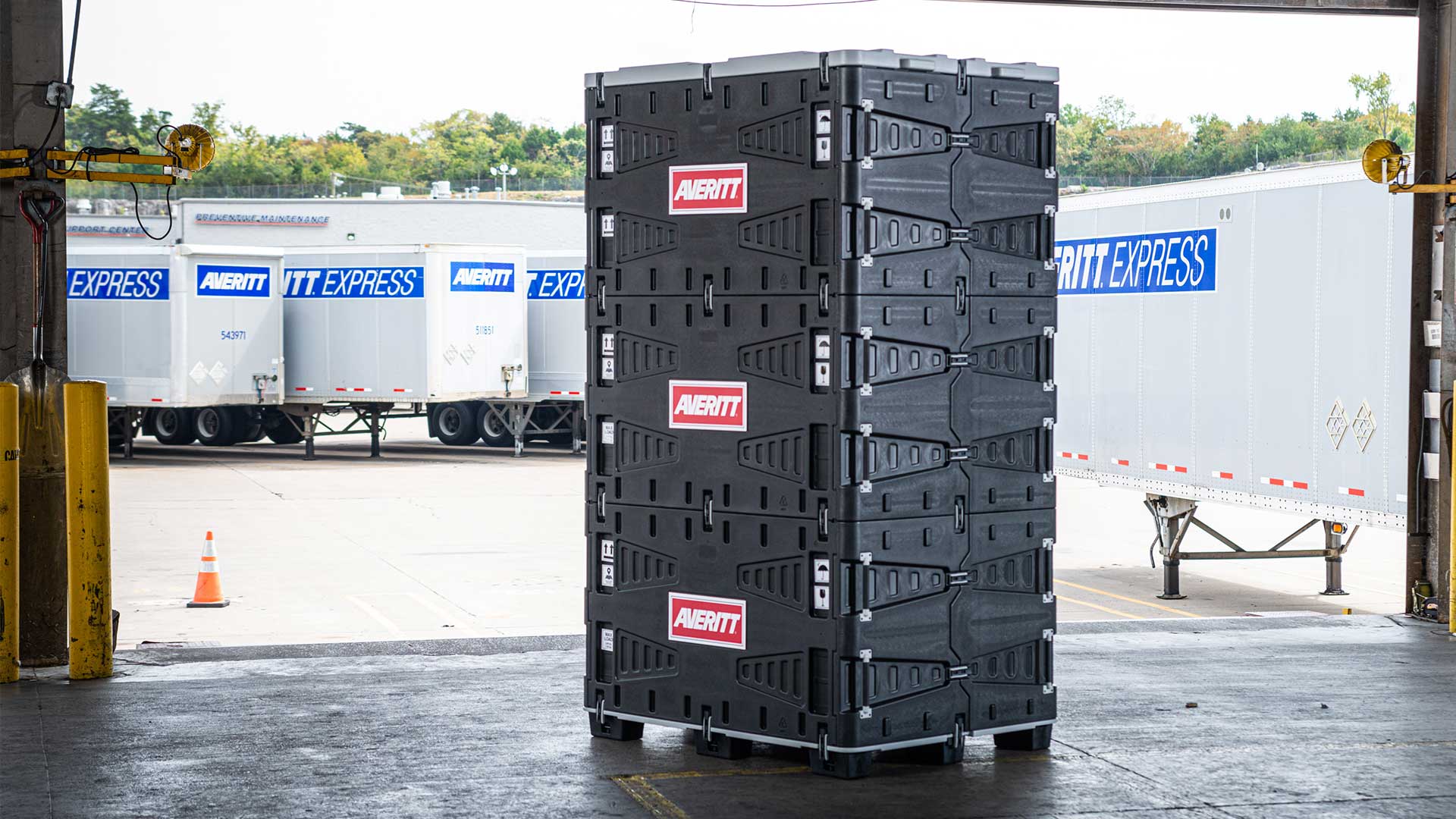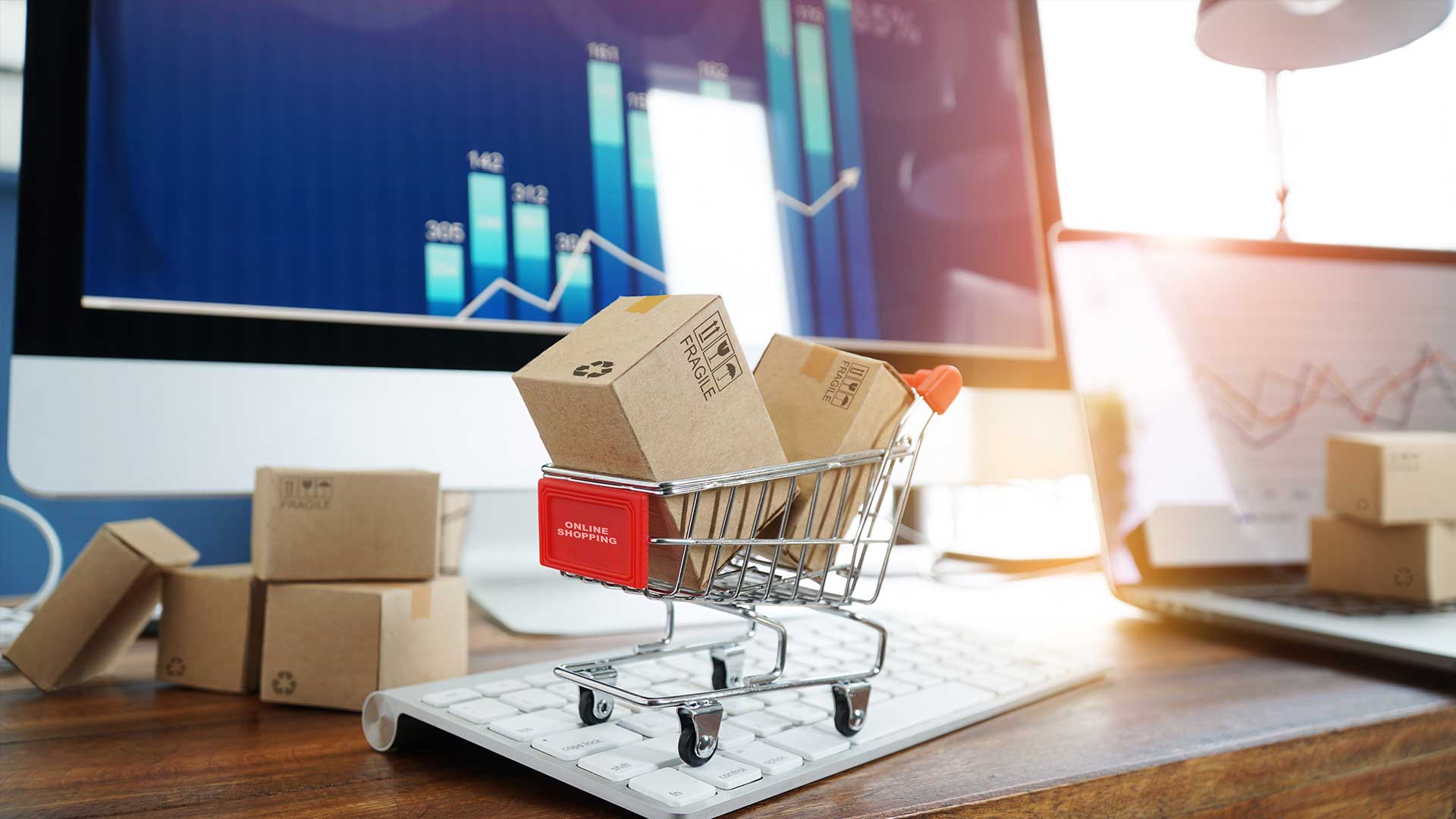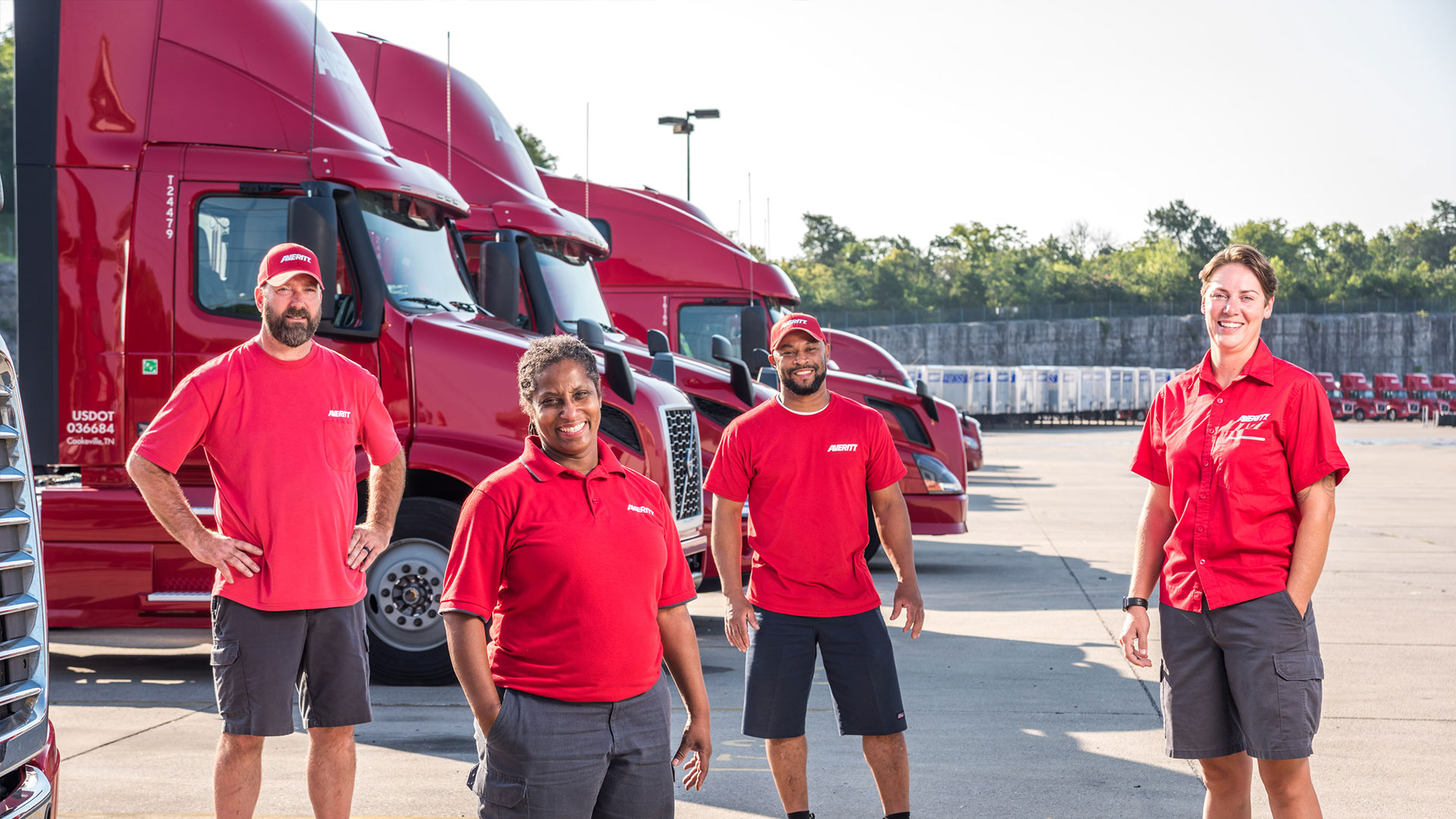Consumers and companies alike are more conscientious about their environmental impact than ever before. Every day, organizations are expected to meet increasingly strict sustainability standards.
And supply chains are particular objects of scrutiny.
For anyone in transportation and logistics, a recent McKinsey report on sustainability tells a disheartening story; more than 90 percent of the damage caused to the environment by consumer packaged goods (CPG) producers comes from the supply chain. When your business depends on moving freight, it’s easy to feel overwhelmed by numbers like that. The inevitable fuel consumption and carbon emissions that go together with transportation can make sustainability feel out of reach for some.
But while it’s easy to focus on comparative “quick fixes” in the pursuit of more sustainable practices — things like route optimization or waste reduction — there are other, often neglected approaches that can make immediate, long-lasting impacts.

1.) Embrace An Overlooked Shipping Alternative
Intermodal (which simply refers to “multiple modes”) is a shipping method that many companies tend to ignore. This is odd, given the number of economic and environmental efficiencies it provides. With Intermodal shipping, trucks deliver containers from your location to the nearest rail facility. Those containers are then transported by train to the rail facility nearest your delivery location. From there, it’s loaded on another truck that takes it to its destination.
While that may sound like it’s simply adding steps to the process, the difference in both fuel consumption and carbon emissions is astonishing.
An intermodal train can move one ton of freight nearly 500 miles on a single gallon of fuel. And it does so while reducing carbon emissions by an average of 75%. That makes Intermodal an ideal form of transportation for long haul bulk freight.
By increasing the amount of freight transported on trains, the number of trucks on our nation’s highways is reduced. This not only increases road safety, it decreases the amount of wear and tear on the roads. As emissions standards continue to tighten, more pressure will be put on shippers to find more efficient transportation options. It’s estimated that if just 10% of long haul highway freight was converted to rail, it would save one billion gallons of fuel annually.
2.) Cash In On The Rise Of Reusables
The reusable packaging industry is growing fast — from $37.9 billion in 2018, to a projected $51.2 billion by 2023.
There are several good reasons for this. Corrugated cardboard — long the industry mainstay for packaging and distribution — has barely changed since it was invented in 1894. Worse, between the resources required for production and pollution caused by manufacturing, it has an enormous impact on the environment.
The EPA estimates that 17 trees are cut down for every ton of corrugated cardboard produced. Even worse, it’s estimated that in 2017 alone, over three million tons of corrugated packaging material ended up in landfills in the United States.
Yes, many companies make an effort to recycle their corrugated cardboard. But the recycling process becomes far more difficult when cardboard is wax-coated, wet, or soiled — three characteristics that are quite common in the perishables supply chain. Fresh produce and other products often leak, damaging the integrity of the box. To help guard against this, many manufacturers coat their corrugated with wax. But that has the unintended consequence of making the material harder to recycle.
Luckily, there is a solution — reusable plastic containers. With every trip through the supply chain, a reusable plastic container prevents up to two pounds of corrugated cardboard from entering the waste stream. And since plastic totes and bins can be reused hundreds of times before they’re recycled, the environmental benefits of reusable containers become obvious.
One company that learned these benefits firsthand is SalonCentric, a nationwide wholesale salon and beauty supply distributor. In an effort to reduce their impact on the environment while also minimizing supply chain costs, they made the move to plastic tote bins. The move had an immediate impact on the company’s environmental footprint.
Director of Operations Eric Reddish explains; “As a result of our tote return program, SalonCentric has been able to keep 325 tons of corrugate out of landfills and recycling facilities across the country annually, which has really been a huge win in helping us accomplish our environmental goals.”
Watch the video below to learn more about how SalonCentric tackles its sustainability initiatives with the help of Averitt!
3.) Reduce Your Dependence On Wood Crates
Wooden shipping crates have long been a supply chain standard — largely because there wasn’t a viable alternative. In recent years, other options have become available. These alternatives can sidestep several of the problems wood crates present.
It can take 80-100 years for carbon-sequestering hardwood trees to reach maturity. Yet a crate made from their wood has a finite number of trips it can make through the supply chain. The wood can only be reused a limited number of times before it loses its integrity. After a few repairs, much of that wood ends up in overflowing landfills, perpetuating a wasteful, linear supply chain model.
By comparison, reusable and recyclable alternatives never leave the supply chain — offering the possibility of a truly circular supply model.
One example of this is Smart Crate, from Averitt. Made of 100% recyclable materials, Smart Crate is a multi-use, next-generation container that replaces costly, inefficient, and environmentally destructive wood packaging. The modular, connected crating design provides savings on packaging costs of up to 40% per shipment, and reduces product transit time by allowing crating to occur at the point of manufacture.

Additionally, Smart Crate provides a host of other features a wooden crate never could. For instance, each crate is equipped with state-of-the-art sensor and communications technologies providing real-time location tracking and condition monitoring (such as temperature, humidity, shock, vibration, light, and acceleration) for enhanced in-transit security.
For supply chain managers looking to lessen the impact of their operations on the environment, innovative wood crate alternatives like Smart Crate are a great place to start.
A More Sustainable Business Starts With Your Supply Chain
Consumers are becoming more aware of how goods are sourced, manufactured, and distributed. As a result, companies are focusing more and more on minimizing the environmental impact of their supply chains.
A forward-looking supply chain strategy, implementing far-reaching, yet straightforward steps like those outlined above, will help organizations build more sustainable supply chains. If you’d like help identifying other ways your business can work toward a more sustainable future, email Averitt today.
A greener tomorrow awaits. And we can’t wait to help you get there.









